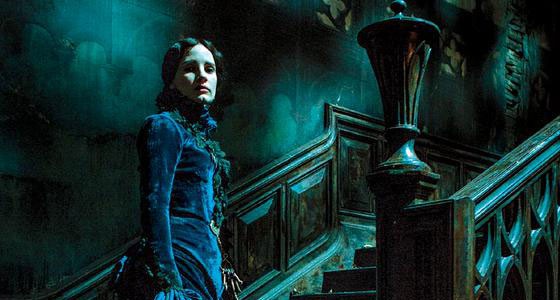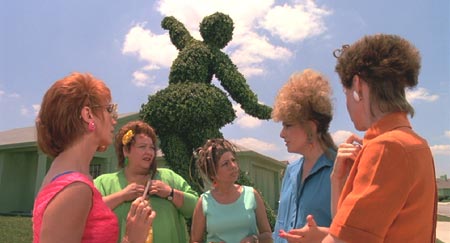Tell The Story To Its End by Simon P. Clark
St. Martin’s Griffin, 2015
ISBN-13: 978-1250066756
Available: Hardcover, paperback, Kindle edition
Oli’s mum has suddenly, and without explanation, decided the two of them should go to the country and visit his uncle, Rob. Rob has been estranged from Oli’s parents for many years, and although no one is telling him anything, Oli knows something bad has happened. In an effort to distract him, Rob suggests that Oli explore the attic, and once the attic door is opened, strange things begin to happen in the house.
As Oli explores the village it becomes clear that something about his family is being held against him, but no one will tell him exactly what it is. He becomes friends with Em, who is fascinated by local legends and stories, and shares with him the tale of Full Lot Jack, who offers children their heart’s desire in exchange for their dreams. Her stories, in combination with the strange things that have been happening since the attic door was opened, and a need to escape his family’s lies, drive him to explore the attic, where he meets Eren, a creature that lives in the attic and feeds on stories. As frightening as Eren is, Oli can’t stay away. There is more truth to Eren’s dark stories than in Oli’s everyday life, and Oli must make a decision about which one he most wants to escape.
In some ways, this book reminded me of A Monster Calls. There’s a lonely boy with nightmares, who calls a monster to him in an effort to make sense out of fear and lies, with a parent who has something seriously wrong going on. As in A Monster Calls. there is a great deal about the power of story. But there the similarities end. Tell The Story To Its End lacks the powerful illustrations combined with primal emotion that make A Monster Calls an outstanding read. Instead, it’s a story packed in cotton wool, with muted emotions and dissociated relationships. The beginning of the book suggests its end, and Clark’s skill with creating gothic nightmares instills a sense of dread from the very first page, that only increases as the reader turns the pages, knowing what is likely to unwind. Despite that feeling of inevitability, the book doesn’t unfold in a predictable manner. Readers who enjoy dark tales that play cleverly with plot, structure, and narrative will be surprised, and may find something to like, but those seeking deep emotional connection or expecting a happy ending will want to look elsewhere. Appropriate for ages 11 and up.












Follow Us!